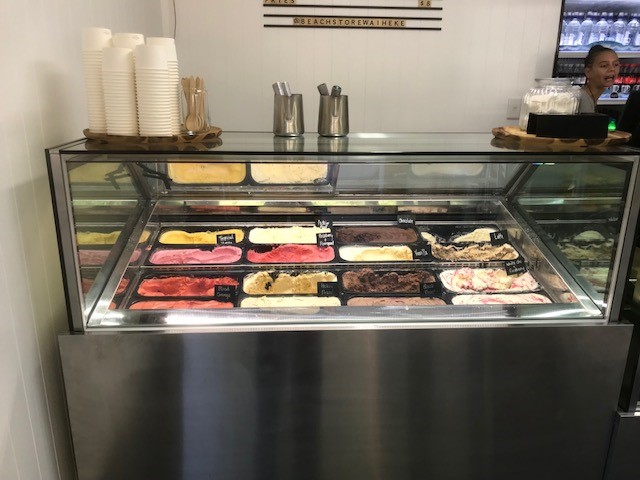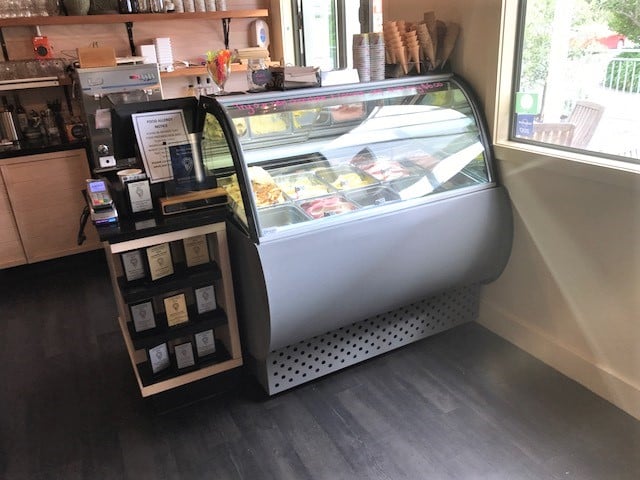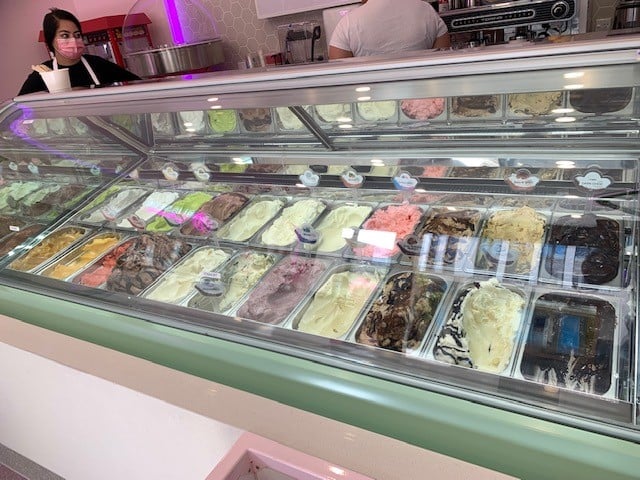Many aspire to become ice cream parlour owners because it’s a lucrative business. Ice cream shops are in demand in many locations, including residential neighbourhoods, business centres, shopping malls, parks, and other areas. Because they’re welcome almost everywhere, it’s natural for investors to look into this market and see what’s in it for them.
Being one of the biggest consumers of ice cream in the world, with over 23 litres consumed per capita per annum, New Zealand boasts an ice cream market that looks promising for new investors. Plus, there are significant opportunities for the demand for quality ice cream products to grow exponentially in the coming years. Hence, manufacturers and distributors in this food category are gearing up to cater to a more extensive client pool.
One of the most significant investments an ice cream business makes is purchasing quality freezers. A reliable cooling and storage unit is essential to keep the products at an ideal temperature and consistency. On the other hand, having a faulty or weak freezer can compromise the quality of the cold products it contains.
There are various types, sizes, capacities, and designs to select from, and it’s common for shops to have several gelatos and ice cream freezers to cater to their requirements. If you’re thinking about purchasing your first ice cream display or storage unit, here’s a quick guide you may find helpful:
- Design
Your ice cream or gelato place may require more than one freezer design, with the main categories being the dipping and the display types. The dipping kind of freezer stores and cools ice cream and gelato, typically sold per scoop or cup. In contrast, the display freezer can either be the chest-type or standing, where pre-packaged items are stored.
- Capacity
The first qualification you must consider when choosing an ice cream freezer is its capacity. The size of your freezer depends on how much product you’ll need to store or display. It’s common for shops to have several sizes and capacities of freezers for storing various products safely.
Your freezer must have enough storage for the daily volume of products your establishment can sell. For instance, the display freezer where gelato is stored must have enough pans to accommodate all your flavour offerings. The chest freezer must be big enough to hold many tubs and packs of products for a specific period.
Aside from the contents, you’ll need to plan where to place the freezer in your shop. The space must be easily accessible to customers if you have a self-service or grocery-style shopping system, which is the typical setup for pre-packaged products. Yields on display freezers served to customers are ideally placed near the store counter.
You’ll also need to allow space for airflow and foot traffic around your freezers to ensure comfortable movement in your store. These are some aspects that must be considered when choosing the size and capacity of your ice cream freezers.
- Storage features
The storage features of your freezer allow you to keep your products organized and easily accessible. Consider purchasing a chest freezer with racks that separate smaller packages or cups from gallons and tubs. This way, you or your customers can quickly take out products as needed, which helps maintain the freezer’s temperature and protect the items’ quality.
You can also opt for display scoop freezers with additional cold storage to make it easier to refill pans. Doing so improves your efficiency, especially during busy days, and you’ll also protect the quality and consistency of your products since replacing pans would be quicker.
- Product presentation
Many ice cream or gelato shop owners customize their freezers to include their logo or brand name in front of the unit or near the display glass. Customization helps with branding and product presentation, and it’s wise to consider this when choosing your new cold storage unit.
Aside from branding, lighting helps improve your product display. Hence, your freezer must have lighting features strategically placed inside the unit to make the products more visible and enticing on display.
- Temperature
According to the International Dairy Foods Association, an ice cream freezer for commercial use must maintain a temperature of -18°C or colder and shouldn’t exceed -12°C. Ice cream products must be completely frozen to keep them fresh and firm to the touch. Meanwhile, scooped ice cream or gelato would be easier to serve when held at around 6°F and 10°F.
Conclusion
The freshness of your frozen products is essential to the success of your ice cream business. As gelatos and ice creams are highly sensitive to temperature changes, it’s crucial to have quality freezers to ensure they maintain the right consistency while being on display for retail. You’ll also have to consider your freezer’s size, capacity, flexibility, and product presentation features to meet your business requirements.
View our range of Ice-Cream and Gelato freezers here.




